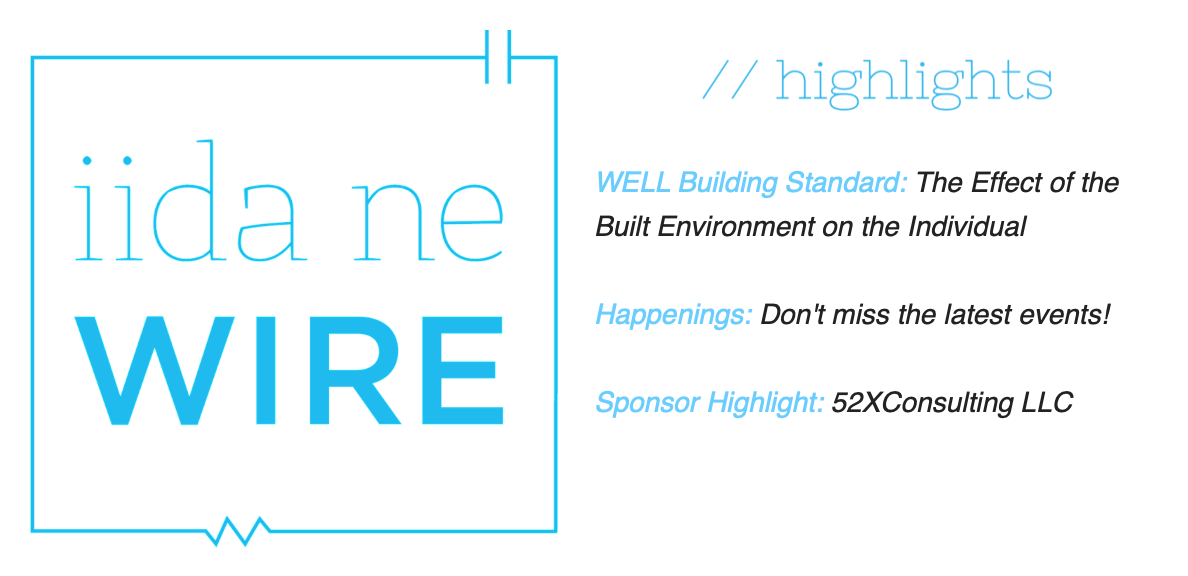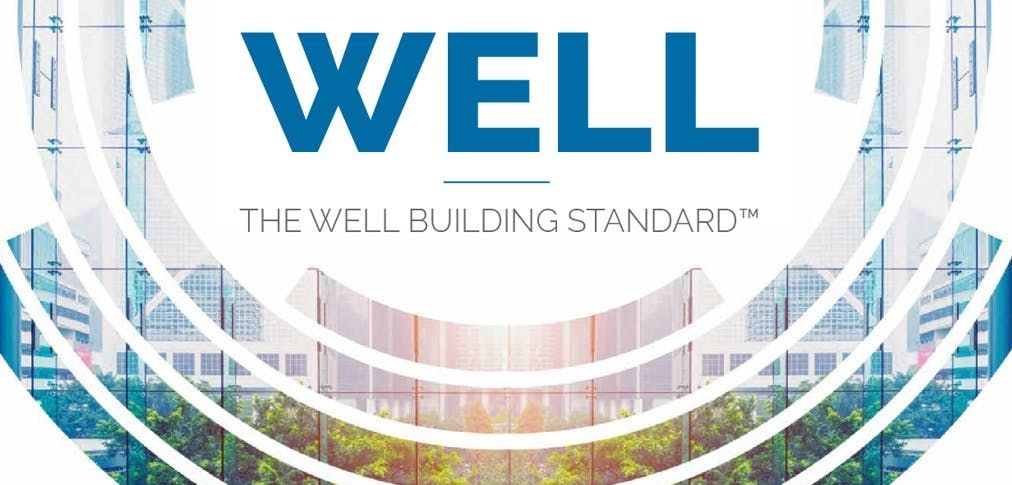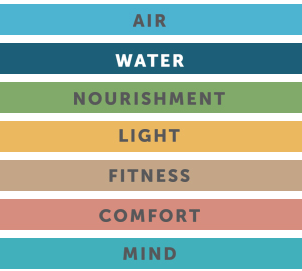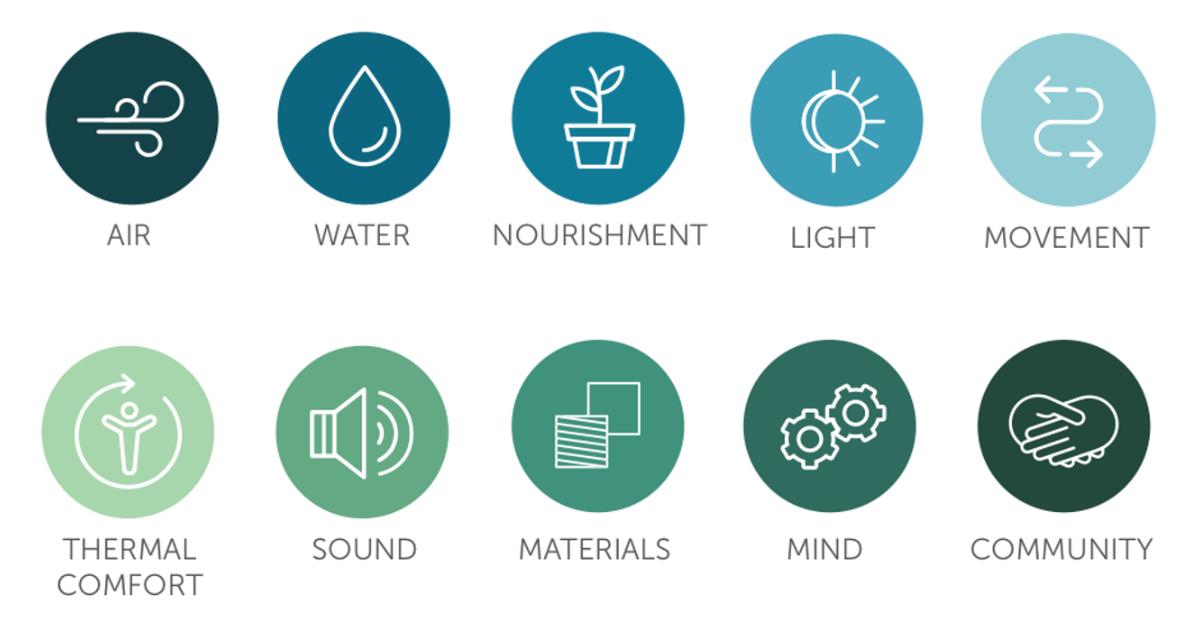|


WELL Building Standard
The Effect of the Built Environment on the Individual
The Coronavirus has shed light on the importance of human health and well-being in many ways. Every topic relating to mental and physical health has been at the forefront of discussion and the importance of overall body health is now recognized as a top priority for many. Yet, as the world starts to get back to its original state, many environments don’t reflect this new value. No one has quite grasped the impact our built environment can have on our health and safety better than the architecture and design community.
The WELL Building Standard is a human-centered design with a focus exclusively on human health and wellness. Through its performance-based system, it calls attention to the features of the built environment that impact health and well-being with an underlying theme of sustainability. At its core, it creates spaces and buildings that make its inhabitants healthier.
Launched in 2013 by Paul Scialla of Delos design agency, his goal was to improve the way people live by developing spaces to enhance the occupant’s health and quality of life. This is done through performance requirements which were chosen based on medical research. The original seven concepts of the Standard are:

The International WELL Building Institute (IWBI), an American public benefit corporation that is third-party certified by the Green Business Certification, has since released WELL v2. Keeping up to date with advances in research, science, technology, and society, version two consolidates the previous concepts and builds upon them. The following are the ten concepts found in WELL v2:

There are over 100 WELL requirements designed to improve the overall health, mood, sleep, and performance of a building’s users. In fact, a WELL Certified space can improve the nutrition, fitness, mood, sleep patterns, and productivity of its occupants. According to the IWBI, 23,504 projects encompassing over 2.15 billion square feet, across 98 countries have applied the WELL Building Standard. To date, the United States takes ownership of 17,042 of those projects with the New England area accounting for approximately 2,476.
Interested in reading more? To learn more about the WELL Building Standard and how you can incorporate these concepts into your projects, refer to WellCertified.com.

Be sure to check in with the IIDA New England calendar for upcoming virtual events offered in our community. Here's a sneak peek at some upcoming events:
Also, be sure to keep an eye on our IIDA New England job postings, which are updated regularly!


Did you know exposure to daylight and circadian lighting design (which is a facet of the WELL Building rating system) has been shown to have a positive impact on general wellness, including sleep quality?
Check out the list of IIDA New England Emerging Leaders Class of 2020!
Do you have an idea that you would like to share with the design community or see highlighted here in The Wire? Send your ideas to [email protected]
|